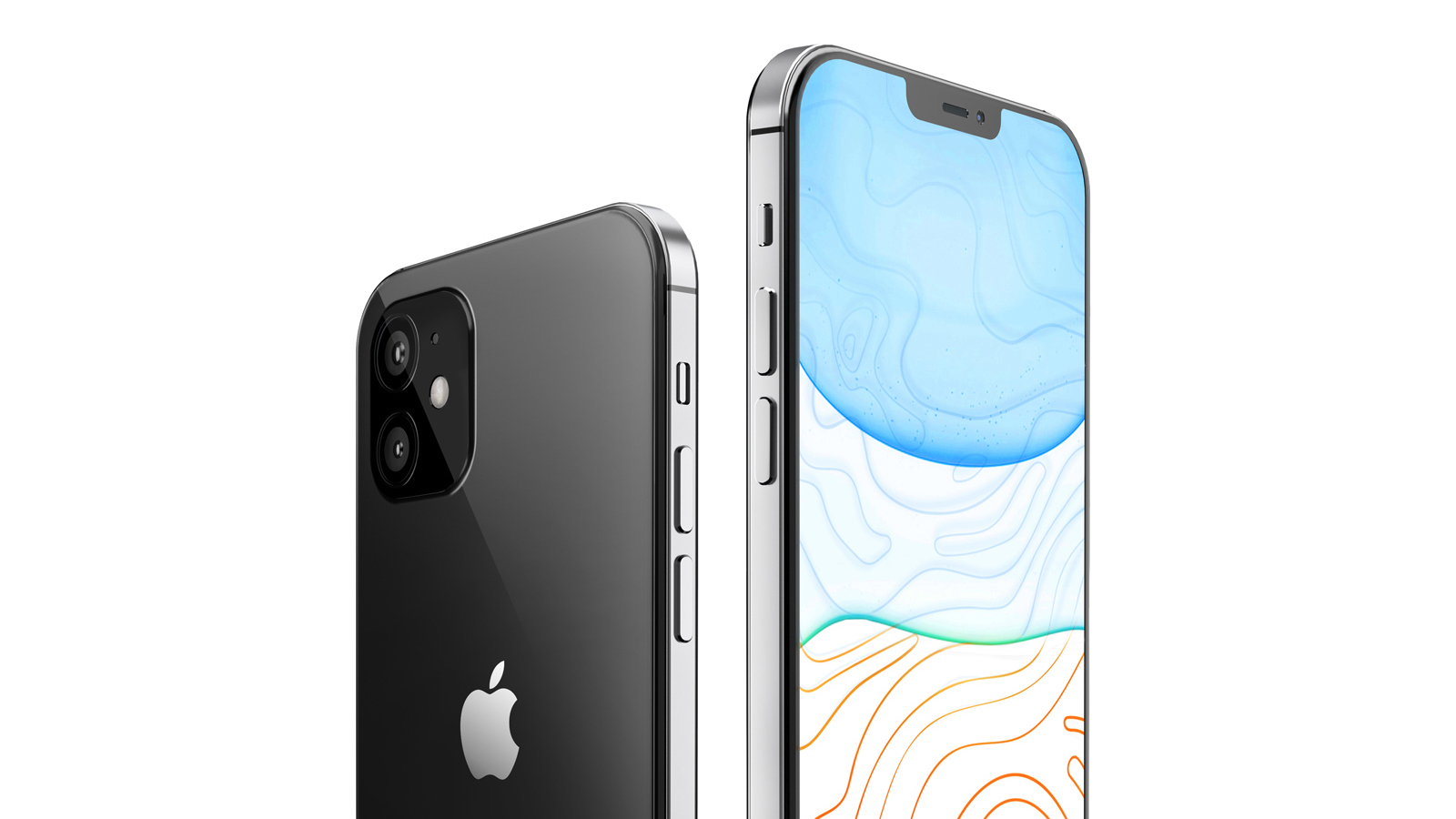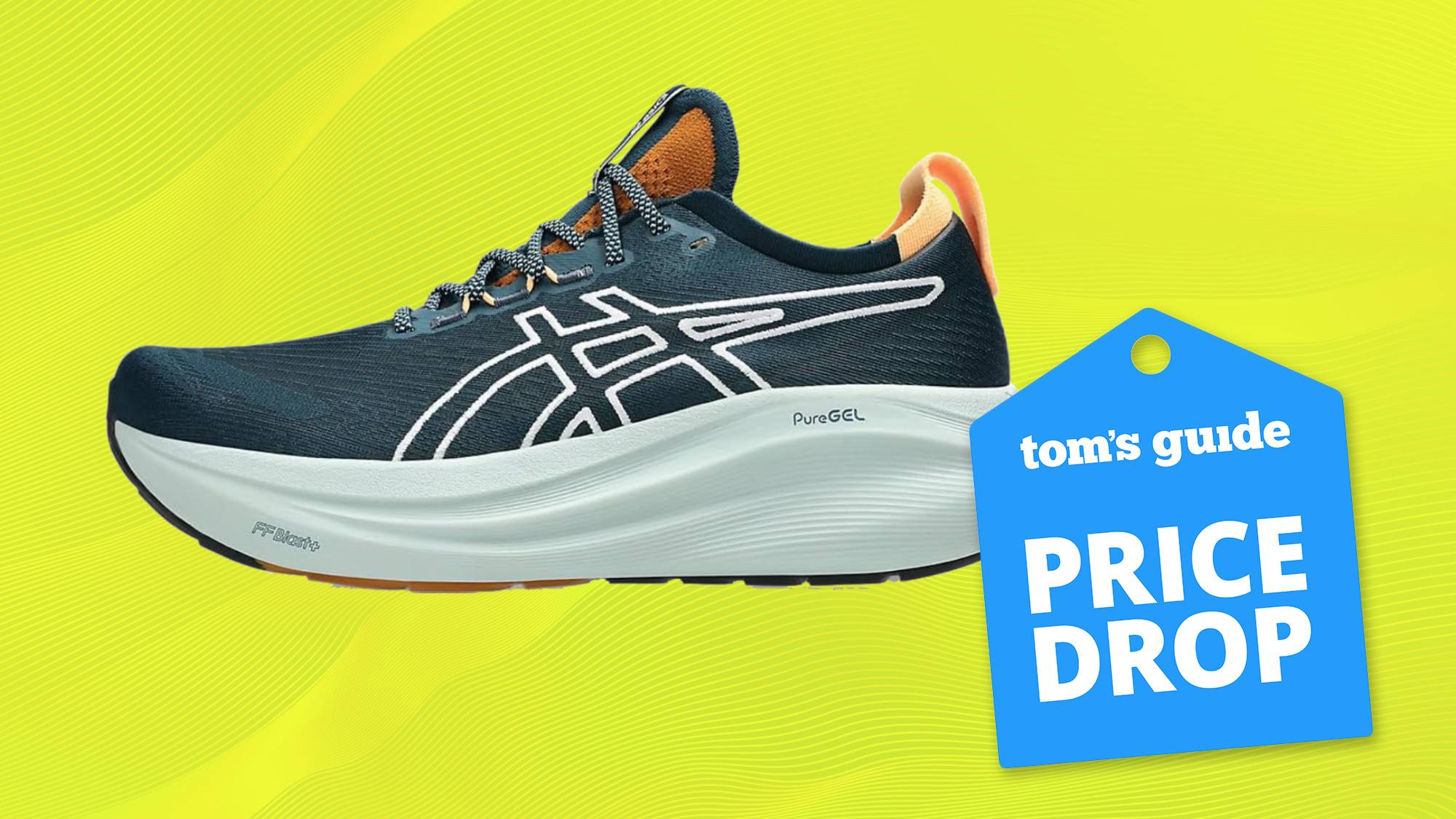iPhone 12 leak reveals bad 5G surprise
The standard iPhone 12 may not support mmWave 5G networks, which would mean slower data speeds for users

Last week we learned that the iPhone 12 could have a surprisingly cheap starting price of $649, which would be $50 less than the iPhone 11. How could Apple manage that while still offering 5G connectivity and OLED panels?
We now have a better idea of how Apple could pull this off — and you may not like the answer. It looks like the regular iPhone 12 will have a significant trade-off compared to the iPhone 12 Pro.
- New iPhone 12: Everything you need to know
- The best iPhones you can buy now
- Just In: iPhone 12 design just leaked — and it's shockingly different
According to Front Page Tech’s Jon Prosser, the 5.4-inch iPhone 12 and the 6.1-inch iPhone 12 will not support mmWave 5G. That means you won’t enjoy 1GBps plus speeds on Verizon’s 5G network and other carriers that are turning on this technology.
Instead, the iPhone 12 models will reportedly work only sub-6GHz 5G networks. As Prosser says, “I’m being told it’s not millimeter-wave 5G for the base models, but it’s still 5G so Apple can say 5-guh.”
It’s not all bad news. For those who want the best of both worlds, the 6.1-inch and 6.7-inch iPhone 12 Pro and iPhone 12 Pro Max should support both flavors of 5G.
So, yes, you will enjoy faster downloads with the regular iPhone 12 than you would with the iPhone 11 on 4G LTE networks, but I would not expect to be able to download entire Netflix movies or TV seasons in seconds as you can on mmWave 5G.
How fast are we talking here for sub-6GHz? On T-Mobile, I’ve experienced 5G speeds in the 150 Mbps range on the OnePlus 8 Pro, and Sprint says that it offers downloads in the 200 to 300 Mbps range. (The two carriers are combining their networks.)
Get instant access to breaking news, the hottest reviews, great deals and helpful tips.
In addition, both Verizon and AT&T have sub 6-GHz 5G networks they are rolling out, so you are not going to be up a creek without mmWave support. AT&T says its low-band network has reached 190 markets — it should be nationwide by midyear — while its faster 5G Plus service is now in 35 cities.
As for Verizon, it will deploy mid-band 5G using dynamic spectrum sharing, splitting existing frequency bands with 4G, likely during the third quarter of this year. This is according to a report from PCMag.
The good news is that mmWave 5G is not that widespread, and you need line of sight to a node in order to enjoy the fastest speeds. mmWave signals also typically don’t reach indoors, either.
Still, if you want a true future-proof iPhone 12, you might want to opt for an iPhone 12 Pro this fall.
Mark Spoonauer is the global editor in chief of Tom's Guide and has covered technology for over 20 years. In addition to overseeing the direction of Tom's Guide, Mark specializes in covering all things mobile, having reviewed dozens of smartphones and other gadgets. He has spoken at key industry events and appears regularly on TV to discuss the latest trends, including Cheddar, Fox Business and other outlets. Mark was previously editor in chief of Laptop Mag, and his work has appeared in Wired, Popular Science and Inc. Follow him on Twitter at @mspoonauer.

